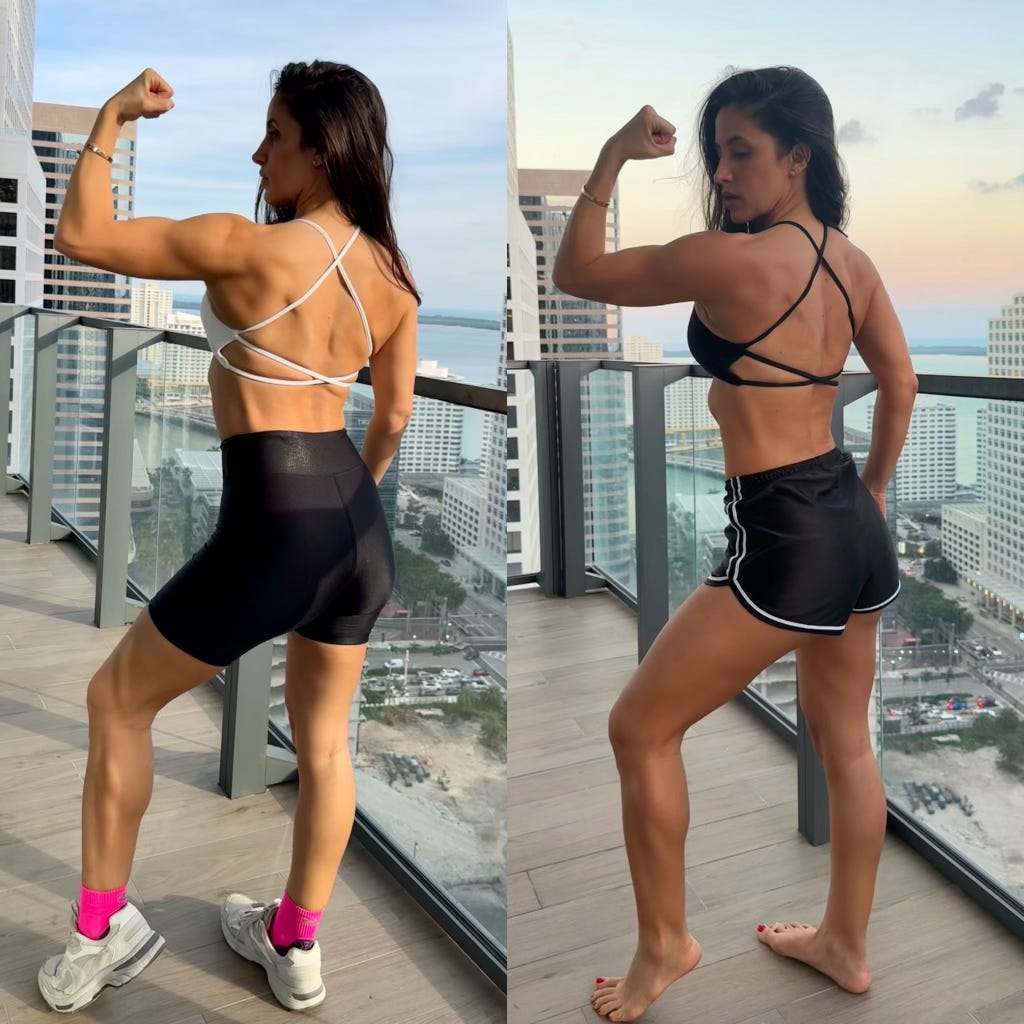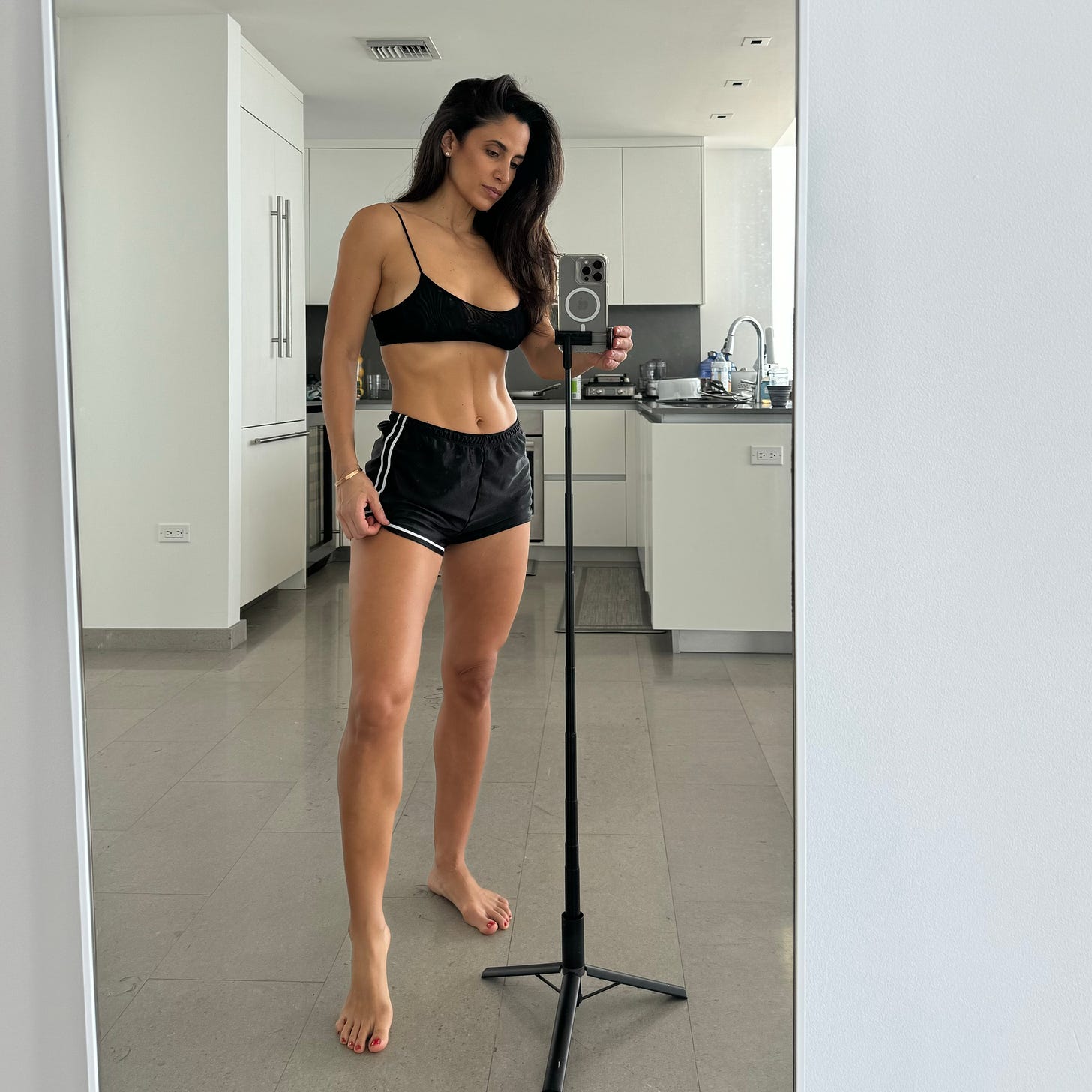It doesn’t need to be restrictive to be effective to some extent, but you might be wondering if "the cut" includes a restrictive diet.
When is a Diet Considered Restrictive?
The word “diet” carries various meanings and connotations depending on one's association with the word. According to the Cambridge Dictionary, a diet refers to both the food and drink regularly consumed by a person or group, as well as the specific food and drink limited when certain dietary restrictions are in place. Whether seen as a cultural eating pattern or a means of nutritional restriction, both diet and nutrition play crucial roles in maintaining overall health. Simply put, diet refers to the total amount of food consumed, while nutrition involves the process of utilizing food for growth, metabolism, and tissue repair.
So, what constitutes a restrictive diet?
A restrictive diet significantly reduces calories, alters lifestyle habits, or restricts macronutrients and major food groups (such as gluten, dairy, meats, etc.). Each body reacts differently to specific dietary regimens, with some diets proving restrictive for one individual while being suitable for another. It's essential to heed one's intuition and personal relationship with food when evaluating eating habits. For instance, individuals with celiac disease must eliminate gluten, while others may find such restriction unnecessary and even detrimental to their enjoyment of certain foods, like pancakes. In some cases, inadequate calorie intake may leave individuals constantly hungry and craving foods like pancakes, impacting their emotional well-being. Moreover, restrictive diets can trigger feelings of guilt or social discomfort, leading individuals to miss out on life's experiences.
Trendy restrictive diets often originate with positive intentions. For instance, low-carb diets can help alleviate symptoms of diabetes, while the ketogenic diet may benefit those with epilepsy. However, when these diets are marketed indiscriminately without considering individual medical histories, they can pose risks. Optimal health requires a balanced intake of carbohydrates for hormonal equilibrium, energy levels, and quality sleep. While some restrictive diets, such as Whole30, aim to identify allergies or digestive issues, they may eliminate essential food groups and aren't sustainable for prolonged periods.
Influenced by clever marketing, social media, and peer pressure, many individuals have strayed from their intuition and bodily cues. However, by attuning oneself to these signals, it becomes easier to discern the body's needs. Here are three signs that a diet may be overly restrictive:
1. Loss of Enjoyment in Food: Food serves as a simple pleasure in life, stimulating dopamine release and providing stress relief. If the thought of preparing another diet-friendly meal brings dread, it may be time to reassess one's approach to eating.
2. Late-Night Binge Eating: Binging may indicate insufficient calorie intake during the day, prompting nighttime cravings for carbohydrates and fats.
3. Persistent Fatigue: While inflammation, hormonal imbalances, and gut issues are often blamed for fatigue, inadequate nutrition may also contribute. Reevaluating breakfast and lunch choices before turning to fad diets may yield beneficial results.
How to Address a Restrictive Diet:
If caught in a cycle of restrictive dieting, it's essential to recognize the issue and explore its underlying causes. Rather than fixating on external validation or fear of exacerbating symptoms, consider these three approaches:
Focus on adding nutrients rather than eliminating them.
Strive for a balanced intake of major nutrients—protein, carbohydrates, fats, and fiber.
Adopt flexible dieting methods that align with personal goals without excessive restriction.
While restrictive diets may yield short-term results, prolonged adherence can lead to adverse effects, including elevated stress levels, slowed metabolism, digestive issues, cognitive fog, nutrient deficiencies, disordered eating patterns, and compromised well-being.
In conclusion, maintaining a diverse and balanced diet that allows for moderation and occasional indulgences is key to overall health and well-being. By prioritizing nutrient-rich foods, individuals can optimize their health, performance, and fitness outcomes.
Understanding "The Cut":
Contrary to restrictive diets, "the cut" emphasizes intention over restriction. It encourages mindfulness and purpose in dietary choices. However, before embarking on "the cut," it's essential to cultivate awareness of one's eating habits.
Preparing for "The Cut":
Dietary guidelines aim to promote evidence-based food choices to meet nutrient requirements and prevent diet-related diseases. Nutrients are categorized into macronutrients (proteins, carbohydrates, and fats) and micronutrients (vitamins and minerals). While tracking calories or macros is often associated with "the cut," the focus should be on understanding nutritional intake rather than strict adherence to numerical goals. Apps like MyFitnessPal or LoseIt can facilitate macro tracking, providing insights into dietary habits and areas for improvement.
In summary, "the cut" encourages mindful eating and purposeful nutrition without imposing strict rules. By fostering awareness and understanding of dietary needs, individuals can achieve their health and fitness goals effectively and sustainably.
So, who's up for some protein-packed pancakes?
JJ’s Protein Packed Pancakes
These pancakes were a fixture for the last 30 days of “the cut”, sometimes twice a day…they are that good!
This recipe will be sent to you via email only to those who are SUBSCRIBED to my substack. So ensure that you are SUBSCRIBED (it’s FREE!) before the email is sent out in order for the recipe to be sent to you.







Thank You.
Hi Jennifer ! Is it still possible to have the pancakes recipe please? Have a nice day!